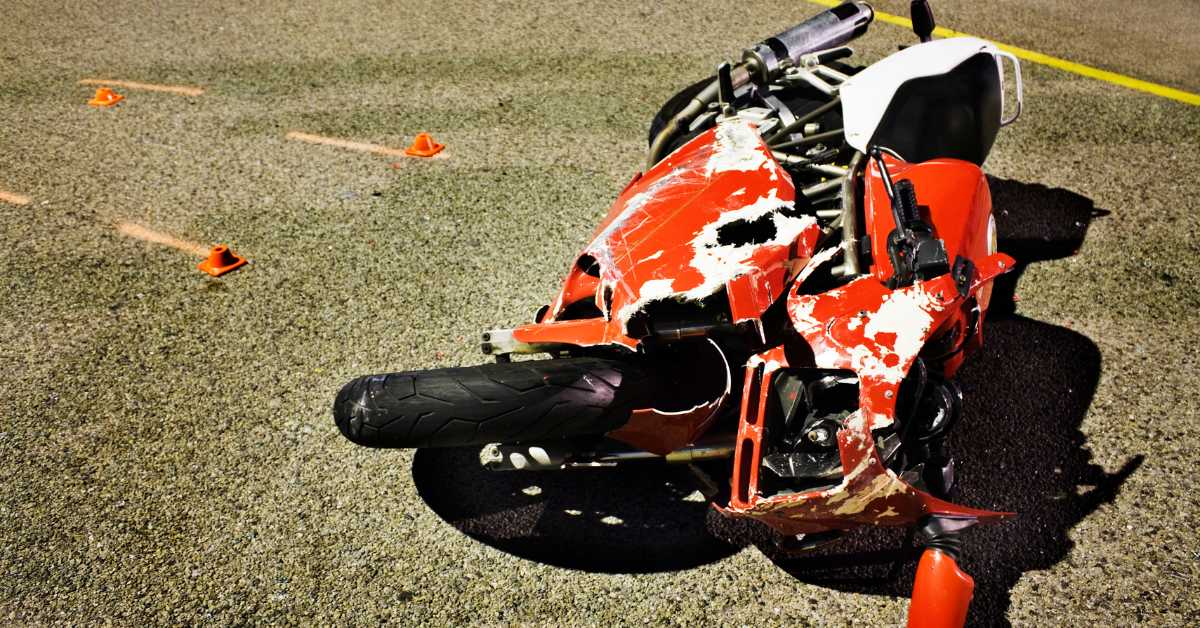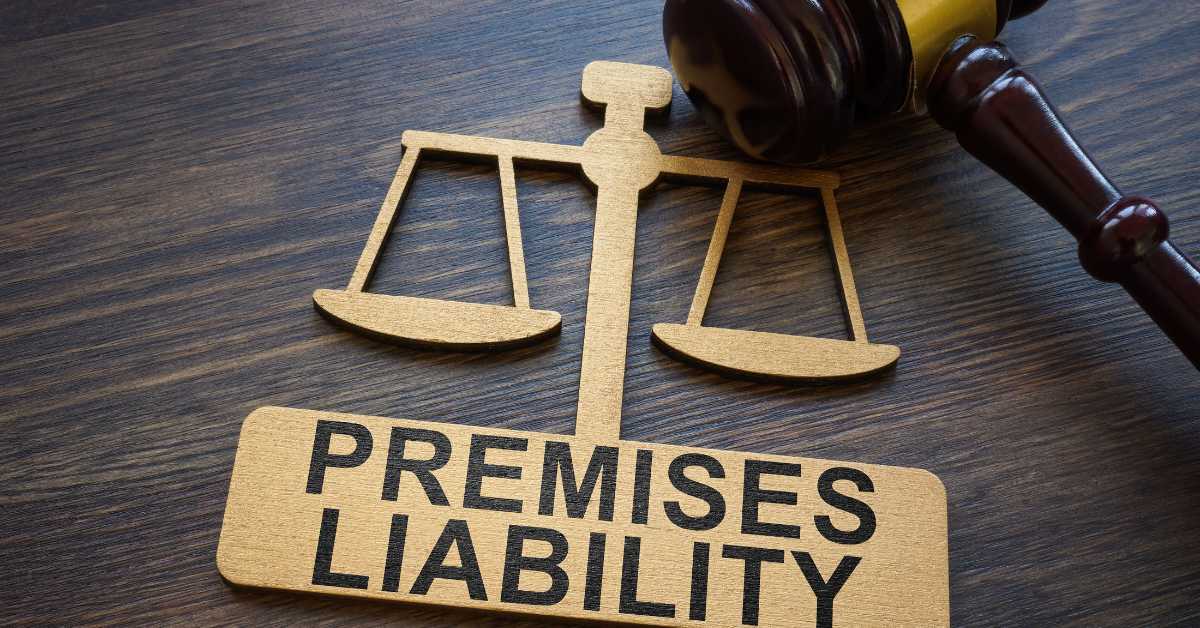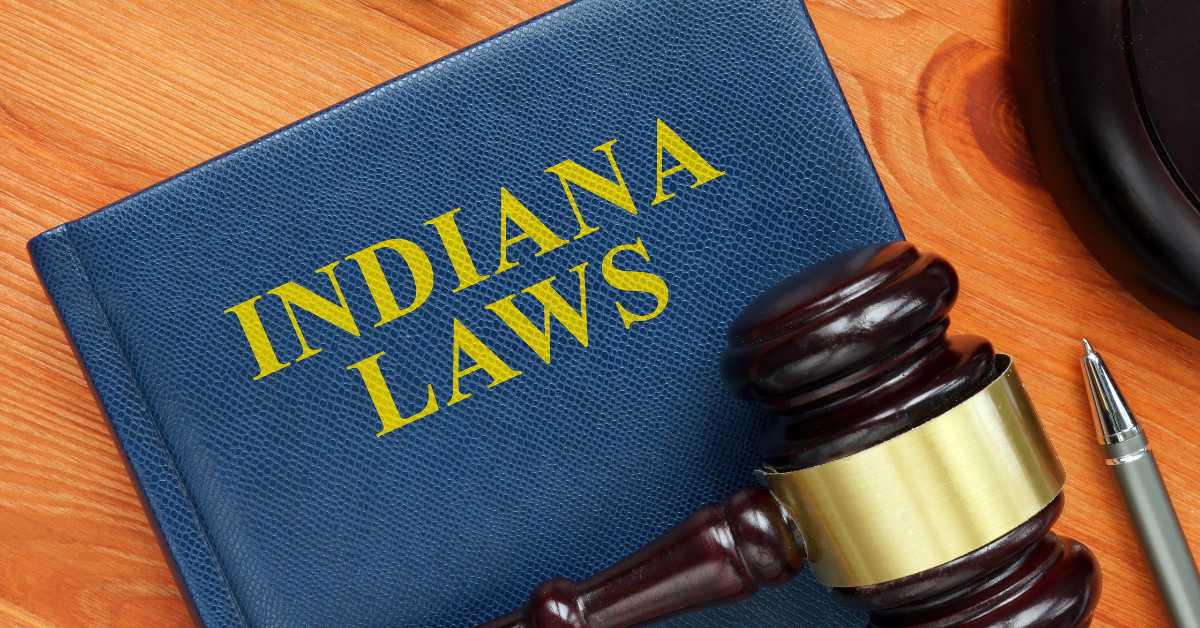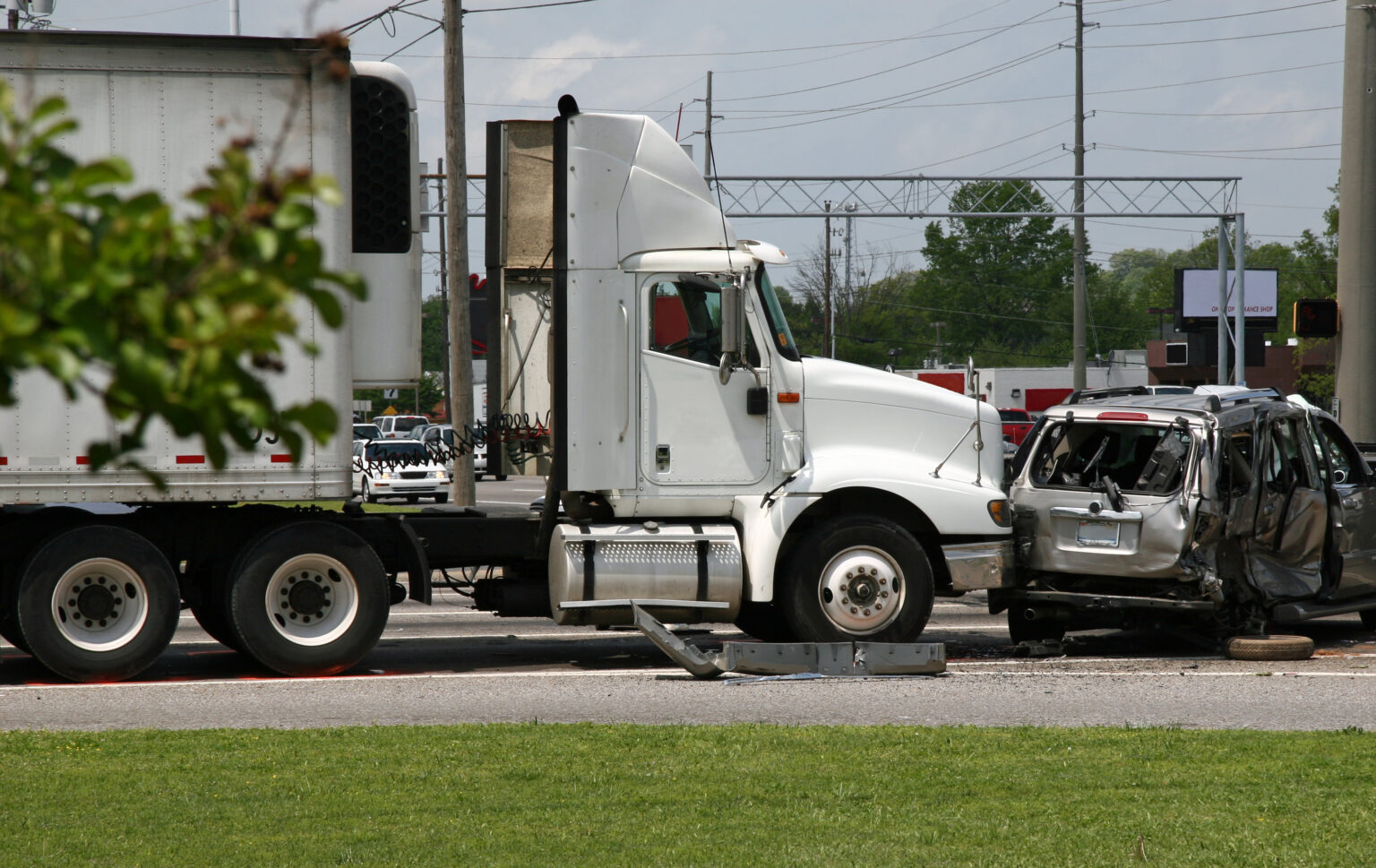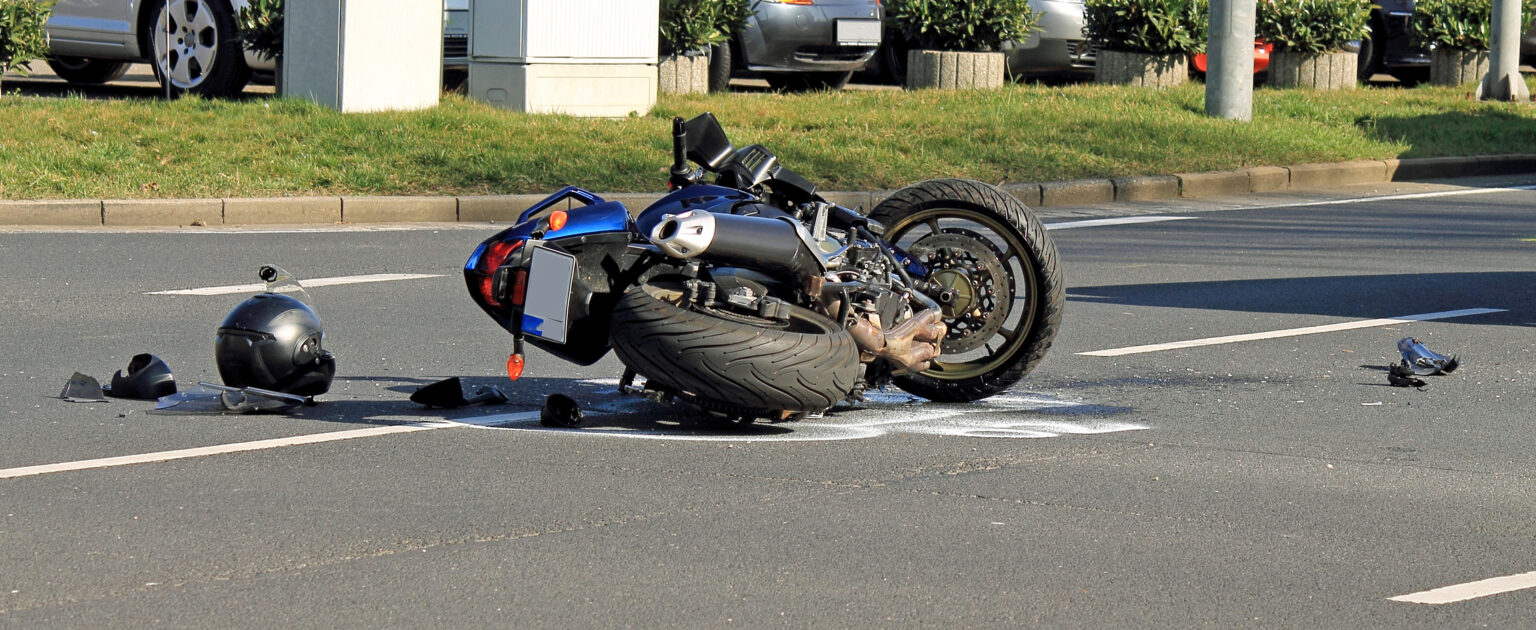
Time is of the essence when pursuing legal matters. In both criminal and civil cases, like personal injury cases, statutes of limitations set time limits on when a lawsuit can be filed. In this blog, we’ll break down the civil statute of limitations in Indiana with a focus on personal injury lawsuits. Understanding these deadlines is crucial to protecting your legal rights and securing the compensation you deserve.
What Is a Civil Statute of Limitations?
You may have heard the term statute of limitations watching your local news or your favorite crime series. The limitations place time limits on when action can be taken – in criminal and civil cases. These deadlines vary depending on the situation.
Here, we are looking specifically at Indiana statute of limitations associated with civil suits.
Injured? Reach out to our firm today to schedule a free consultation. Call (317) 236-9000 or contact us online today!
Indiana law specifies statute of limitations that our judicial system must follow. The regulations are in place to help create fairness.
Potential defendants should not have a potential lawsuit looming indefinitely, and plaintiffs seek retribution in a timely manner. Witness recollections and other details are clearer. Depending on the situation, the time begins counting down on the date of the incident or discovery of the harm.
Statute of limitations for civil cases break down as follows:
- Injury to Person: 2 years
- Libel/Slander: 2 years
- Fraud: 6 years
- Injury to Personal Property: 2 years
- Professional Malpractice: 2 years
- Trespass: 2 years
- Collection of Rents: 6 years
- Contracts: Written, 10 years; Oral, 6 years
- Collection of Debt on Account: 6 years
- Judgments: 20 years
For the purpose of this blog, we will focus on the first civil case on our list: Injury to Person.
Personal Injury Lawsuits in Indiana
Personal injury comprises situations where someone acts in a negligent manner, which causes harm to another person.
Personal injury cases can stem from many kinds of accidents, including:
There Are Exceptions to the 2-Year Rule
We earlier stated that in most personal injury cases, there is a 2-year statute of limitations, which starts on the date of the accident. Like most rules in life, there are exceptions.
If you are under a disability at the time of the injury, you can file within 2 years after your disability is removed. Children under 18 have until 2 years after their 18th birthday to file a suit. In medical malpractice, if the injured party is younger than 6 years old, a claim must be filed by their 8th birthday.
Suing the government for a personal injury requires quick action. For injury claims against a city or county, you have 180 days to file a formal complaint. Claims against a state government agency must be filed within 270 days.
If you are injured by a defective product, you must file within 10 years of the purchase date. If the injury happens between years 8 and 10 of owning the product, you will have 2 years from the date of injury, even if that extends beyond the 10-year mark.
The 4 Stages of a Personal Injury Lawsuit
There are several phases of a personal injury lawsuit, which is why it’s important to take legal action quickly to ensure you act within the timeframe set by the statute of limitations.
1. Attorney Selection
After your injury, your first step is to make sure you receive appropriate medical attention. Then, as soon as possible, find an attorney to take your case. Our experienced legal team at Tabor Law Firm offers free consultations to discuss the merits of your claim.
2. Complaint Is Filed
The complaint outlines how the plaintiff (the person filing the complaint) was harmed by the defendant. The plaintiff’s lawyer serves the complaint to the defendant in a manner that guarantees the defendant cannot claim they did not know about the lawsuit. The court date is stated on the service papers.
3. Discovery Process
Discovery is part of the pre-trial process when both sides will ask each other for evidence and witness information. Both the plaintiff and defendant will also appear in court to inform the judge whether they agree (or disagree) to mediation or arbitration, and to set a trial date.
Attorneys for both sides will schedule depositions of the opposing party and witnesses. Once discovery has concluded, the defendant often asks the judge to throw out the case on “summary judgment,” which only happens if the judge believes there is no further evidence that could come out in a trial. In this case, the judge would render a ruling. Most of the time, this motion for summary judgment is overruled, and the case moves forward.
4. Trial Phase
Like a criminal trial, evidence is produced, and witnesses questioned. The judge or jury will determine if the defendant is at fault for the accident, and if so, how much the defendant will pay in damages. Appeals can be filed by either side.
What Are Damage Caps in Indiana Injury Cases?
There are three classifications of damages:
- Economic
- Non-economic
- And punitive
The first two types are collectively called compensatory damages. Damage caps in personal injury cases vary by state and classification. While some states have no damage caps, others limit the amount of compensation an injured person can receive.
In Indiana, punitive damages are capped at three times the amount of the compensatory (economic and noneconomic) award or $50,000, whichever is greater. The state does not cap compensatory damages.
For medical malpractice occurring after June 30, 2019, the total cap is $1.8 million. Each defendant’s liability is capped at $500,000, and the state’s Patient’s Compensation Fund would pay any remaining award over the defendant’s cap, up to the $1.8 million overall cap.
Lawsuits against a government entity are capped at $700,000.
In wrongful death cases, the deceased’s estate cannot obtain more than $300,000 if the person killed is unmarried, 23 years old or more, and has no dependents. If the deceased is younger than 20, between 20 and 23, and was a student, or has dependents, there is no cap.
What Is the Comparative Fault Rule in Indiana?
The Hoosier State follows a modified comparative fault rule, which aims to reduce or even eliminate damages, depending on the amount of fault assigned to the injured person. If you are deemed to be 50% or more at fault, you will not be granted a day in court. If you are determined to be less than 50% at fault, you can move forward with your case. Any potential damages would be reduced based on your fault percentage.
Contact an Indianapolis Personal Injury Lawyer Before Time Runs Out
When you have been injured by someone else’s negligence, hiring an attorney with experience and proven results is important. At Tabor Law Firm, we do not just handle personal injury cases, we focus on them. We will use our know-how to get you maximum compensation, whether that’s through negotiation or trial.
Contact us to schedule your no-cost consultation by calling (317) 236-9000 or using our online form.
Personal Injury Statute of Limitations FAQ
- What is a statute of limitations? A statute of limitations is a legal deadline for filing a lawsuit. In Indiana, it varies based on the type of case, such as personal injury or property damage.
- What is the statute of limitations for personal injury cases in Indiana? For personal injury cases in Indiana, the statute of limitations is typically 2 years from the date of the accident.
- Are there exceptions to the 2-year statute of limitations? Yes, exceptions include cases involving minors or individuals with disabilities. Claims against government entities have shorter deadlines.
- What happens if I miss the filing deadline for my personal injury claim? Missing the deadline usually means your case will be dismissed, and you may lose the ability to recover compensation.
- How can I make sure my claim is filed on time? To ensure your claim is filed within the statute of limitations, consult a personal injury attorney as soon as possible after the incident.
